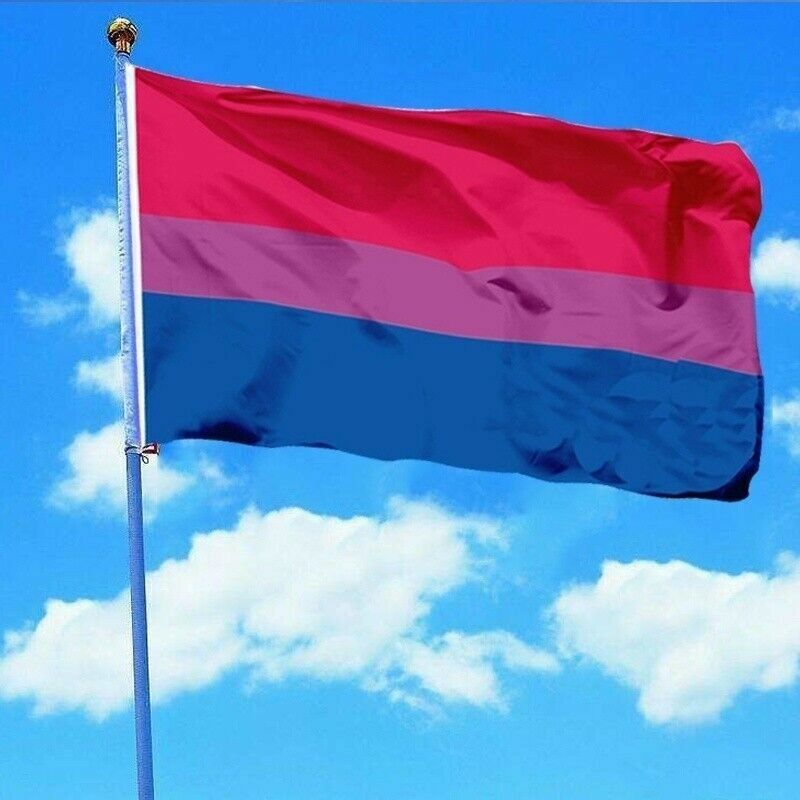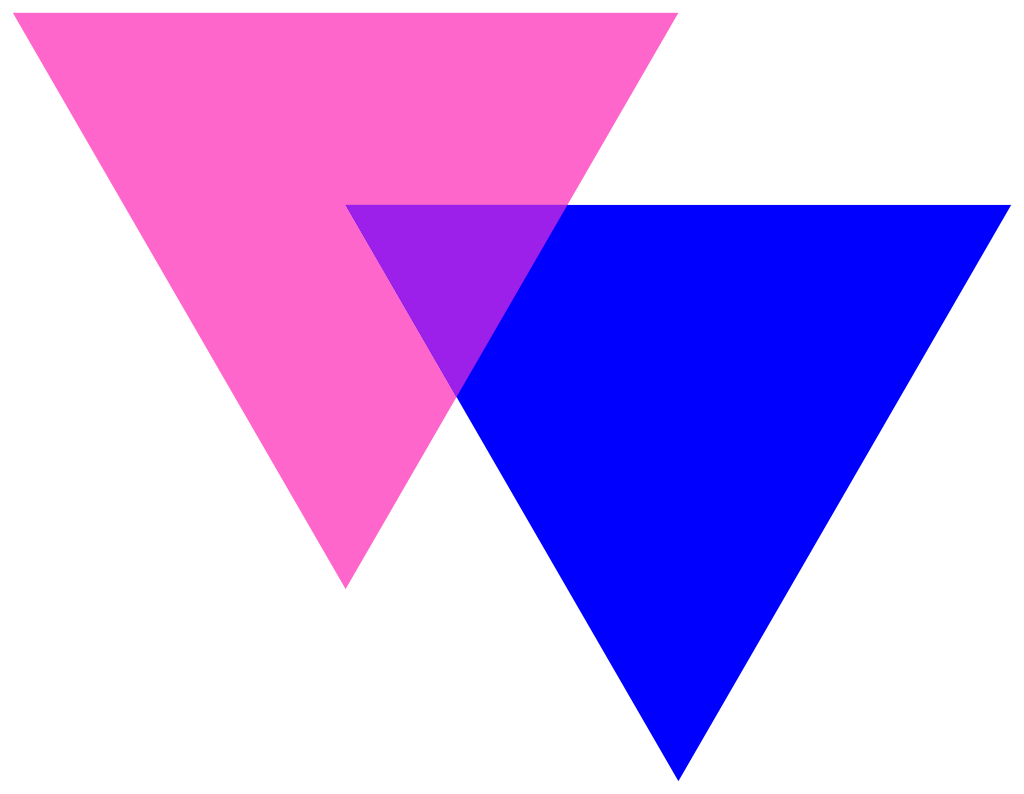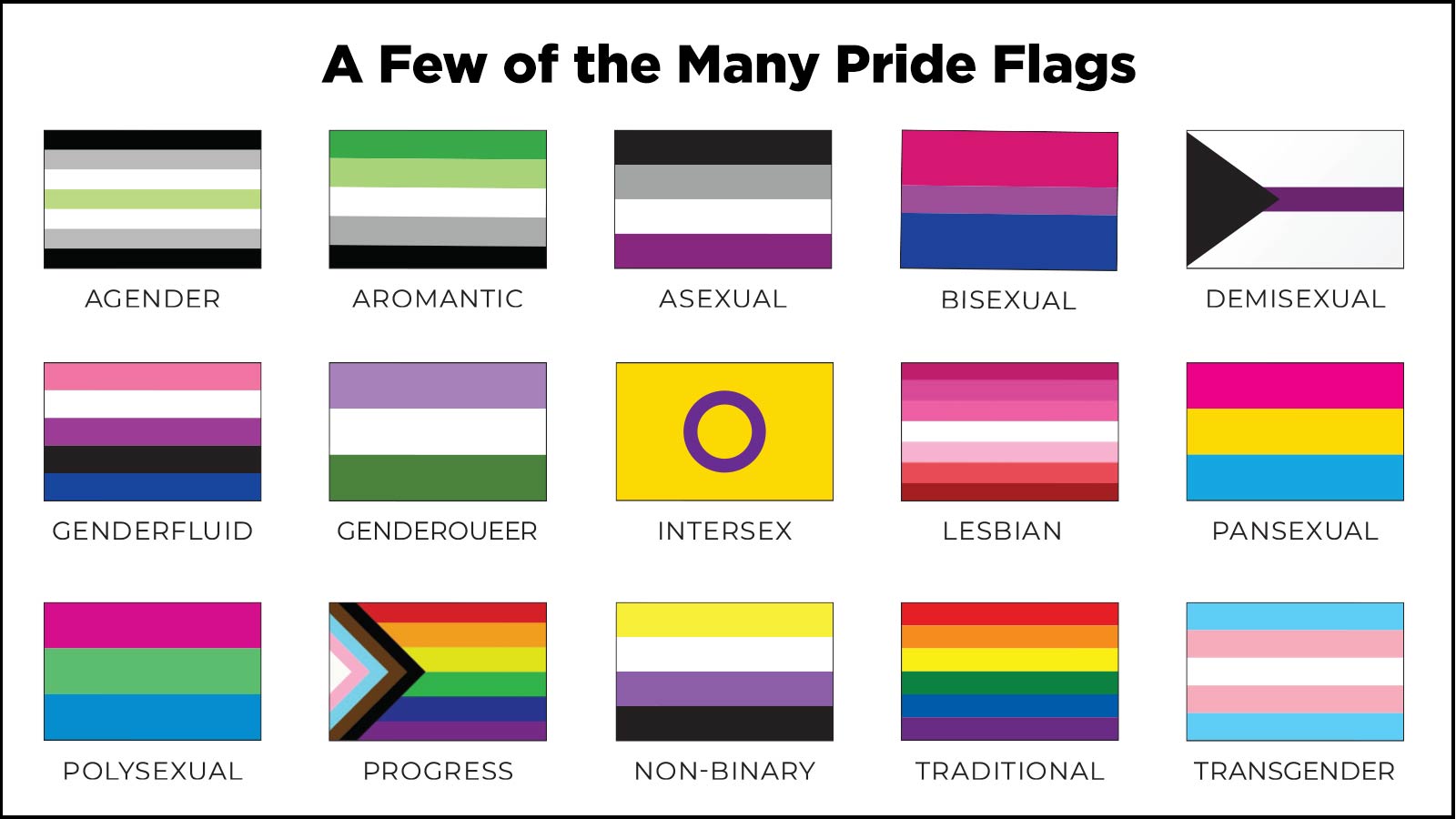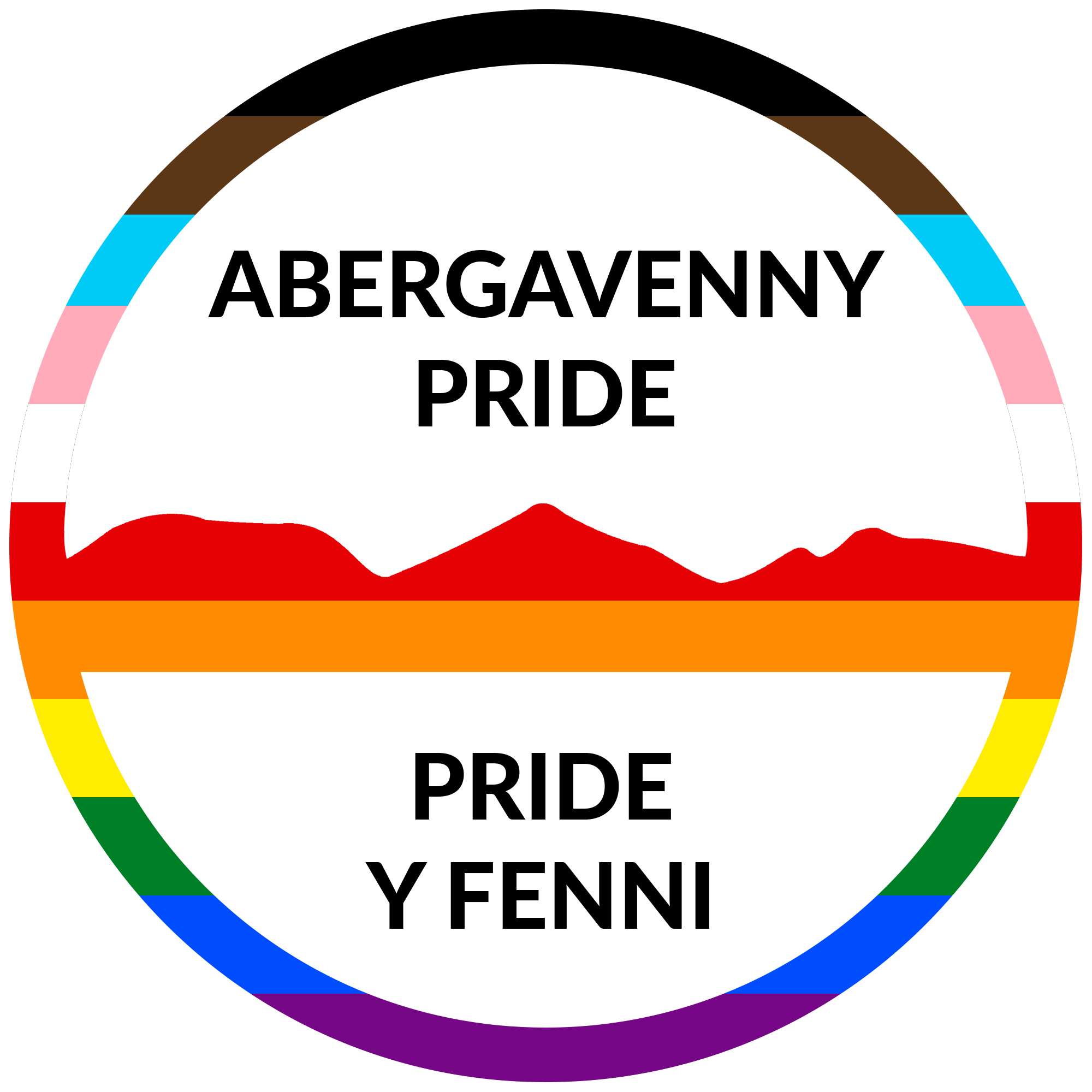September
Blog Chapters
September Edition
Welcome to our second edition of the new Abergavenny Pride blog. September is Bisexual Awareness Month and is going to be the main theme of the blog.
Bi people aren’t “gay people with one foot still in the closet” or “straight people with a freaky side” – bi people are those that can fall in love with more than one gender identity, and that’s about the only characteristic that is consistent across the board. Bisexual representation is steadily increasing in recent years, and pop culture is slowly beginning to portray bi people as the complex, unique and loving people that they are. We have a little history for you and of course the creation of the bi flag as well.
September is also World Suicide Prevention Day on the 10th. It’s a time for communities around the world to come together and raise important awareness on ways which we can all create a world where fewer people unfortunately lose their lives to suicide.
- Suicide is the second leading cause of death among people aged 10 to 24 – and LGBTQ+ people are at significantly increased risks (Hedegaard, Curtin & Warner 2018)
- LGBTQ+ youth are more than 4 times as likely to attempt suicide than their peers (John et al 2019: Johns et al 2020)
- There are mental health disparities across social identities – Almost 48% of bi young people considered suicide, and 27% attempted. (The Trevor Project)
- A 2020 Trevor Project study found that transgender and non-binary youth were 2-2.5 times more likely to experience depressive symptoms, seriously consider suicide and attempt suicide in comparison to their cisgendered LGBTQ+ peers
Although this is not directly an LGBTQ+ awareness day, there is sadly a large number of LGBTQ+ people who feel there is no longer any other option and struggle to find a fit within “normal society”. It’s a time to ensure that anybody who is struggling with mental health issues, gender identity or sexual orientation, bullying and any other reason that they are not alone and there is help available. Some helplines are shown below, you can try and talk to someone you trust and let friends and family know what’s going on for you. They may be able to offer support and keep you safe. There is no right or wrong way to talk about suicidal feelings – the important thing is to start the conversation
Samaritans Call 116 123 or Text SHOUT to 85258
Papyrus UK 0800 068 4141
Calm Call 0800 58 58 58
SOS 0300 1020 505
If you find it difficult to talk to someone you know you can always talk to your GP, call 111 or contact your mental health crisis team if you have one. If you are in danger or seriously harmed yourself its important to call 999 immediately for an ambulance or go straight to the closest A&E.
September is also a big month for young adults, with either the new school term starting or a new school/college. This can be particularly daunting for LGBTQ+ people, as bullying and harassment can start again or anew, there comes the possibility of coming out to a whole new audience or the threat of being pushed out involuntarily and then comes the pressures of gendered school uniforms, access to school toilets and changing rooms that don’t match their gender and the use of pronouns! With steps being taken since the removal of Section 28, we just haven’t got as far as required to make schools and inclusive environment for all and Just Like Us’ Growing up LGBT+ report on bullying, schools and mental health from 2021 states just 55% of school staff said that their school has LGBT+ inclusive policies in place and only 52% had received training on LGBT+ inclusion. Only 30 per cent of the pupils told them that homophobic, biphobic and transphobic bullying is taken seriously at their school, and 48 per cent of all pupils surveyed said their school gave almost no positive messaging about being LGBTQ+. Those LGBT+ pupils who had seen these positive messages at school are more likely to feel safe at school. 68 per cent of pupils who see strong LGBTQ+ inclusive messages report feeling safe in school, compared to just 49 per cent of those pupils who don’t see them.
This is why we as a team at Abergavenny Pride are proud to work with local schools and education centres and is how the concept of “Out of The Closet” was born. This is only a very small step in tackling a very big problem, and we hope that over the years we will be able to continue to support our local young people and provide a much-needed safe network for them.
With an estimated 2 million of the population identifying as Bi and counting, we must look to the future and as James Dean once said “I’m certainly not going through life with one hand tied behind my back”
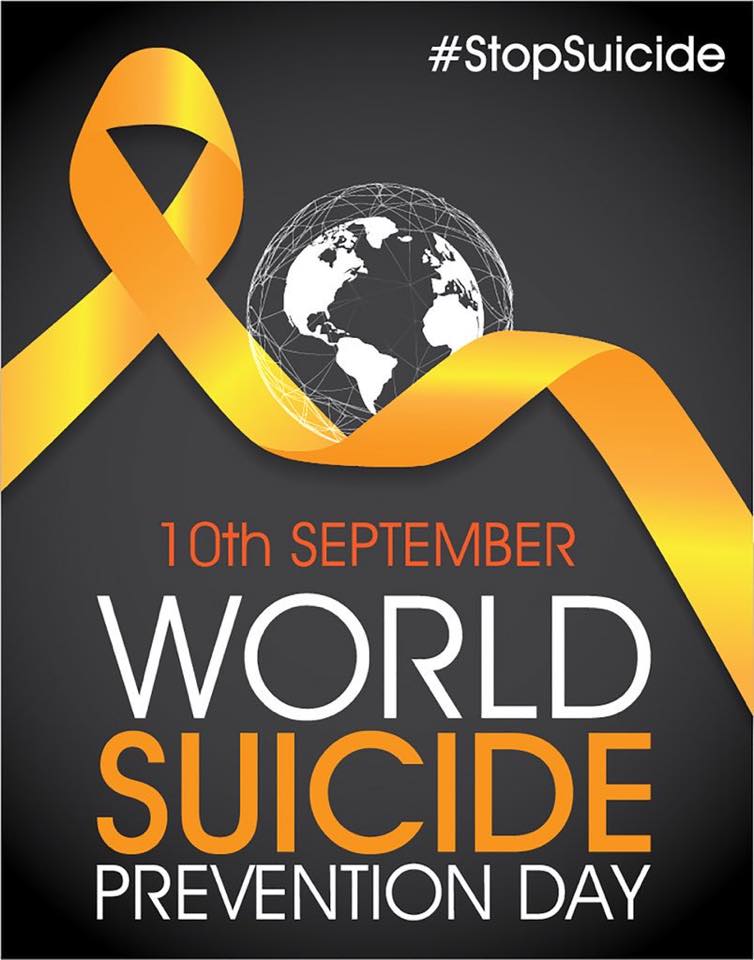
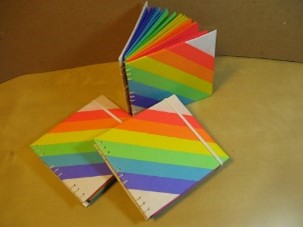
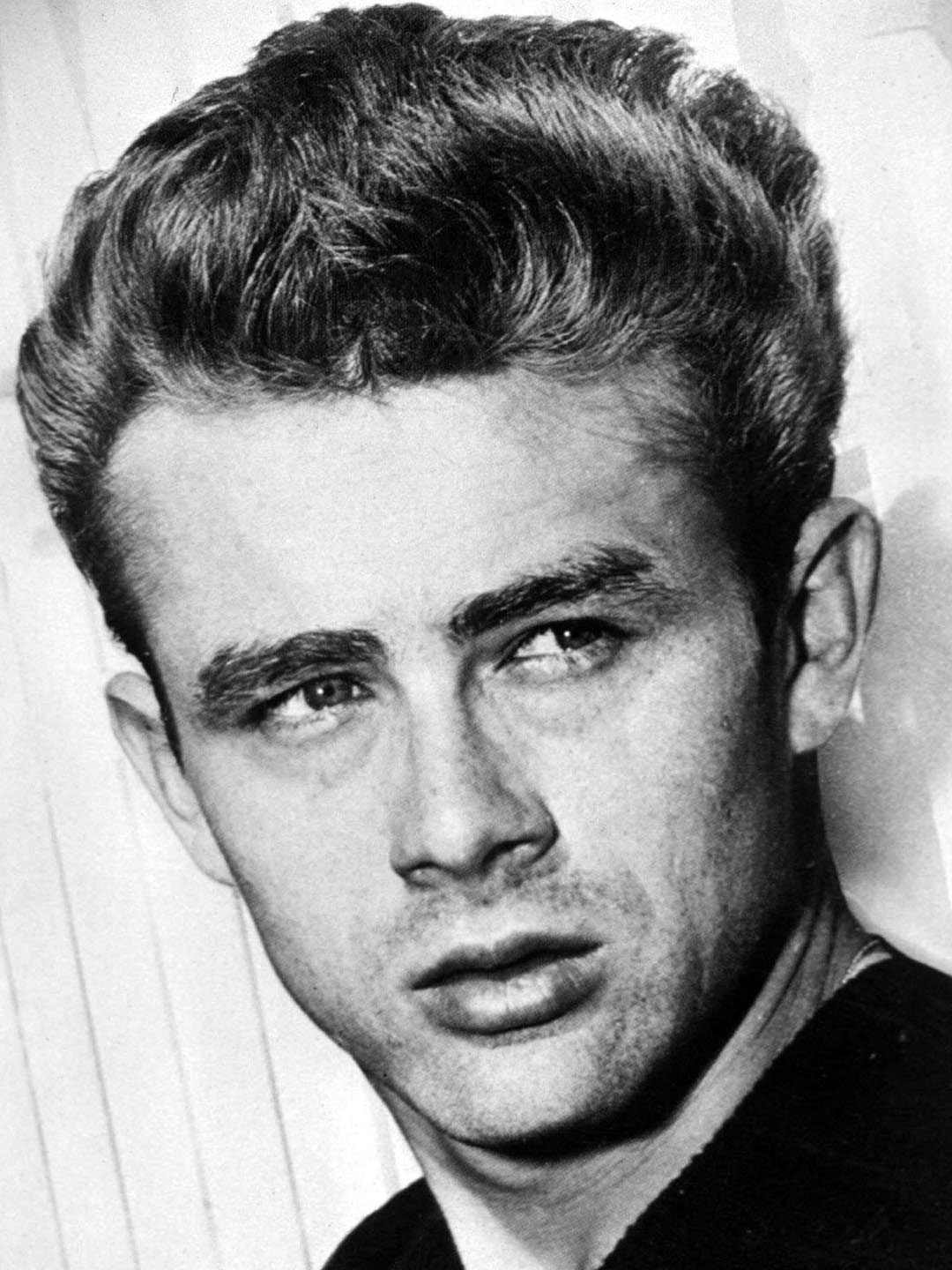
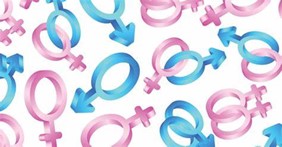
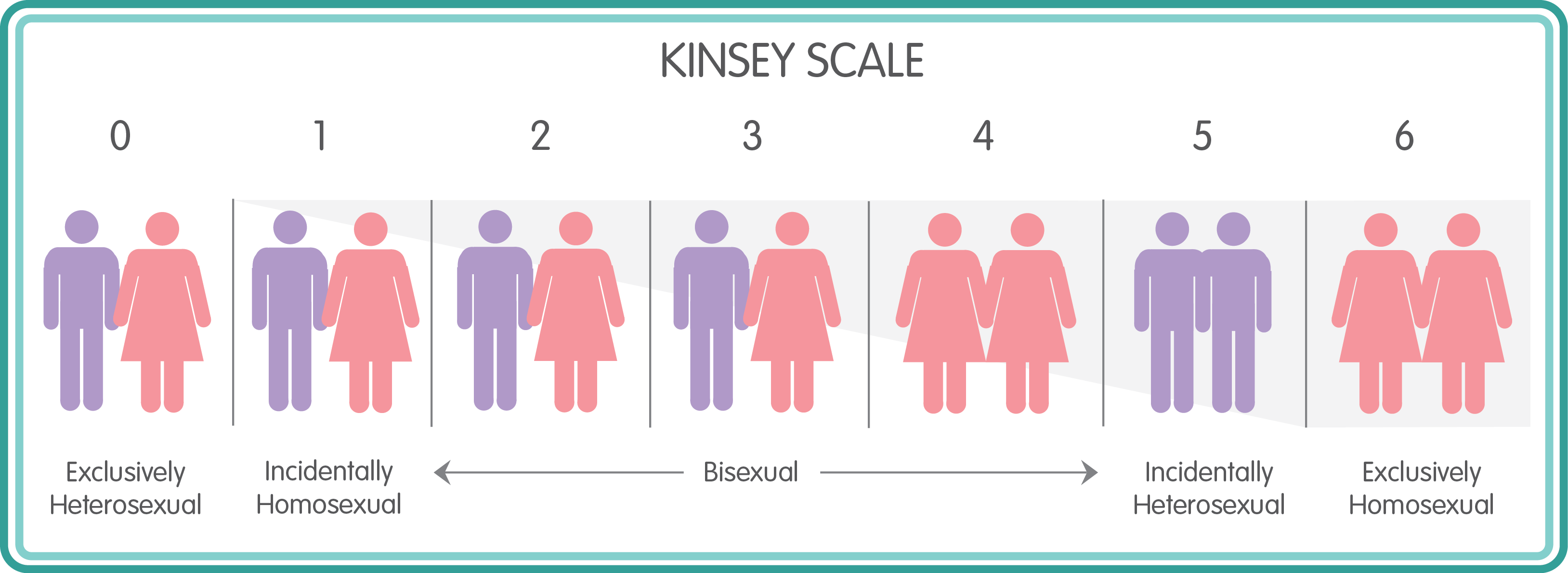
A Moment of History - By Guest Editor – Erin Gaitskell
My coming out was a fairly non-event moment, after 20 years married to a man, who I met when I was 17, I came to the realisation that I was in fact bisexual, and the reason why this was a “non-event” was because I was still utterly in live with my husband, was still attracted to him, and had no urge to leave him to explore this part of myself. I did, however, feel like a jigsaw piece had been missing, I suddenly understood my obsession with Eliza Dushku in ‘Bring It On’, a film very popular when I was a teen. In reality the likeness of me finding out I was bisexual in my teens, was highly unlikely, I grew up in a very white, conservative part of England, with so much lack of diversity, there was zero representation in film and tv, at that point there was barely any gay or lesbian characters on the screens. In fact, I remember staying up late to watch ‘Queer as Folk’ by Russel T Davies on Channel 4 with a blanket over my head trying to muffle out the sound, so my parents wouldn’t hear and walk in. Apart from that my knowledge of the LGBTQIA+ community was virtually zero. How could I find myself when the society around me didn’t put these opportunities in front of me?
Bisexuality is still a mystery both to those inside and outside of the queer community, and yet the term bisexual to refer to human sexuality is almost as old as the term heterosexual. Jonathan Ned Katz, a gay history pioneer and activist, argues that “the idea of heterosexuality is a modern invention, dating back to the late 19th century.” The first recorded use of the term was in a pamphlet in 1869, the author anonymous at the time, later found to be Karl-Maria Kertbeny. Kertbeny a journalist of sorts, wrote extensively about his view that sodomy laws violated human rights, thought to be a gay man himself, he found the need to label and define the sexual norm, so he could explain how same-sex desires and sexual behaviours contrasted with it. This is why he came up with the term’s ‘heterosexual’ and ‘homosexual’. A gay rights activist coined the word heterosexual as a by-product of creating the word homosexual.
Greek language plays a massive part in the term’s heterosexual and homosexual, hetero to mean ‘another’, whilst homo means ‘the same’, then melded with the Latin word ‘sexus’. Not long after, Bi or two was started to be used to refer to those people who had both ‘same’ and ‘another’ sexual desires. Researchers and society in general often interpret the bi, meaning two as attraction to men and women, when in fact the two are ‘same’ and ‘other’. Basically, bisexual is to find attraction, to those of the same and other genders, not to just men and women. The term bisexual was actually used to describe plants and creatures which are hermaphroditic, those with both male and female reproductive parts, before it was adopted to refer to human sexuality. Still today in the world of botany, entomology and zoology the term bisexual is often used this way, roses are example of a popular bisexual plant.
There has now been over 130 years of bisexual research, with scientists like Alfred Kinsey and Fritz Klein creating scales, in which you answer questions and are placed on a non-binary scale to measure your “level” of bisexuality/queerness. In fact when the Kinsey research was happening and these scales were used, people who thought they were ‘straight’, have fallen within the realm of bisexuality. This is due to the trained interviewers placing them on the scale based on what their answers mean and not what they say their actual label is, when in the context of others who sexually behave in the same way. This completely makes sense to me, I have friends who have had relationships with members of the same gender before, both romantic and sexual, and yet are someone of the opposite gender, and they do not see themselves as bisexual even though they are attracted to members of the same sex still. Whereas I have had not had a romantic or sexual relationship with someone of the same gender, yet I know I am attracted to women, as I am men so happily and proudly label myself as bisexual, but this is where bi-erasure, bi-visibility, and bi-phobia come in.
I remember heading to my first LGBTQIA+ social after coming out, I was anxious and on edge, I went along and said that I had a partner and children, but felt uneasy, worried and to be honest a little sacred to say that I was in fact married to a man. Bisexuality is still not always seen as a “legitimate” sexuality by some, we are often referred to as confused, greedy, cheaters, promiscuous, or told to just pick a side. If you are with someone of the same gender you must be gay and if you are with someone of the opposite gender you aren’t gay enough, and this is just not from people outside of the community. Yes, for those of us who end up being with someone of the opposite gender, some may say we have it easy, we can go on dates, get married, have children etc without the looks, stares and stupid questions. But no matter what who we end up with we are still here and queer, we are still coming out of the bi-closet all the time to live our authentic selves, and we want to celebrate our bisexuality, London now holds a Bi-Pride event to do just that.
There are any recognised sexualities that people use, bi, bisexual, biromantic, pan, pansexual, panromantic, poly, polysexual, polyromantic, queer, fluid, heteroflexible, homoflexible, all of these experience attraction beyond gender and surely that is something to be celebrated. The world in so many ways would be an easier place to navigate if everyone was considered under the bisexual umbrella until such a time where the attraction led them to the ‘same’, ‘other’, or to stay as ‘bi’.
So, if you ever take a sexuality quiz online you are most likely going to be using a digital version of the Kinsey Scale that was developed more than half a century ago.
We can only hope that at some point in time, queer history, which is a massive part of our modern and ancient world, is taught. So everyone can understand that we were always here, we have just been pushed into the shadows, and have had to fight our way out, and fight we shall continue to do. Until then we need to educate ourselves, I am currently reading BI by Julia Shaw, which really delves into Bi history and the science behind it.
And to the future, with the media now seeming to catch up a bit, with shows featuring bisexual characters, like Heartstopper and Young Royals on Netflix and Red, White and Royal Blue on Amazon Prime, and more public figures coming out as bisexual, let’s hope the future for Bi-people is a more accepting and understanding one. With representation being put out there in the mainstream, hopefully it means that more people can come out and be proud and remember there is no LGBT without the B!
Fly That Flag
The bisexual flag is a pride flag representing bisexuality, bisexual individuals and the bisexual community. The pink stripe represents attraction to the same gender, while the blue stripe represents attraction to the opposite gender. The purple stripe, the resulting “overlap” of the blue and pink stripes, represents attraction to all genders, including non-binary people and those of other gender identities.
The flag was designed by Michael Page in 1998 to increase the visibility of bisexuals among society as a whole and within the LGBT community. He aimed to give the bisexual community a symbol that is comparable to the rainbow flag for the greater LGBT community. The first bisexual pride flag was unveiled at the BiCafe’s first anniversary party on December 5, 1998.
Page stated that he took the colours and overlap from the biangles or bisexuality triangles. The biangles were designed by artist Liz Nania as she co-organized a bisexual contingent for the Second National March on Washington for Lesbian and Gay Rights in 1987. The design of the biangles began with the pink triangle, a Nazi concentration camp badge that later became a symbol of gay liberation representing homosexuality. The addition of a blue triangle contrasts the pink and represents heterosexuality. The two triangles overlap and form lavender, which represents the “queerness of bisexuality”, referencing the Lavender Menace and similar organizations associated with the colour.
Since the original design, the purple overlap has been reinterpreted and is now widely understood to represent attraction regardless of sex or gender. The pink stripe takes up two fifths of the flag, the purple stripe takes up the middle fifth, and the blue stripe takes up the other two fifths. The flag has been most oriented with the pink stripe at the top, but both orientations are acceptable.
